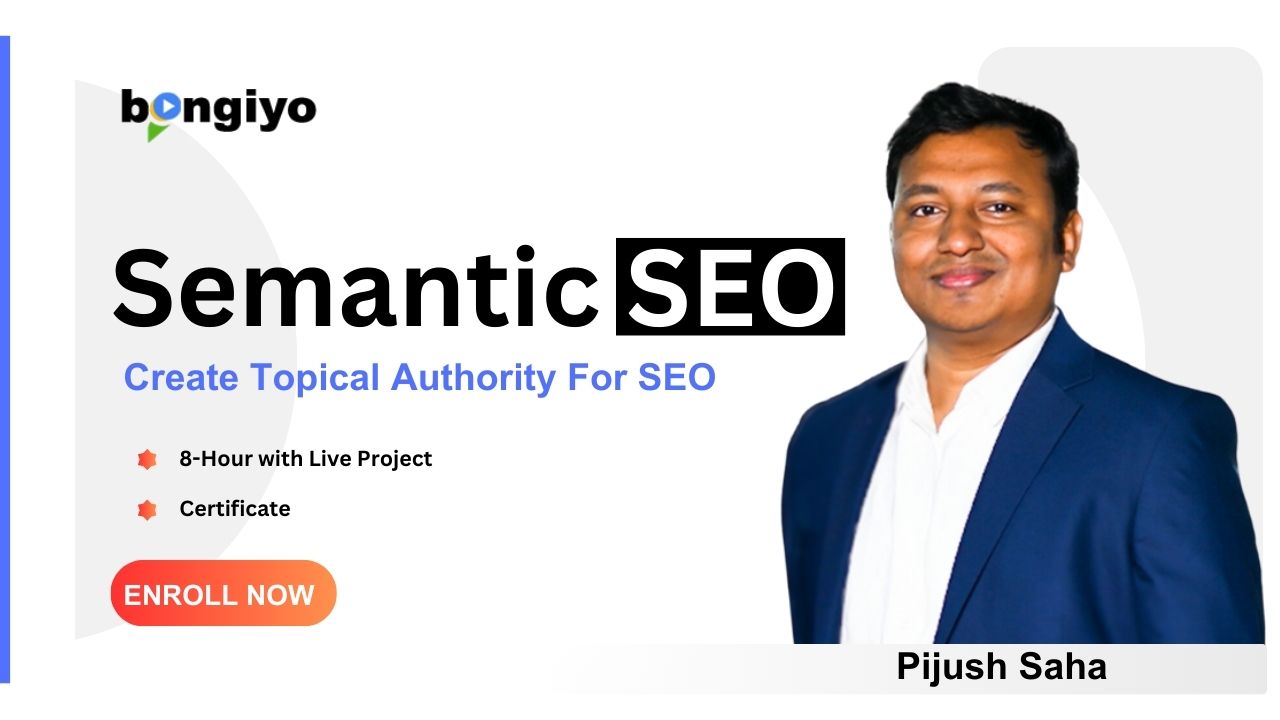


In today’s evolving SEO landscape, optimizing for keywords alone is no longer enough. Semantic SEO focuses on topics, search intent, and contextual relevance to enhance search rankings and user experience. This course provides a step-by-step approach to mastering Semantic SEO, covering everything from topic modeling to structured data implementation. Whether you’re a beginner or an experienced SEO professional, this course will equip you with the strategies needed to boost organic traffic, improve rankings, and future-proof your SEO efforts.
✅ The fundamentals of Semantic SEO and how it differs from traditional keyword optimization
✅ The impact of Google’s Hummingbird Algorithm on search rankings
✅ How to create topically relevant and in-depth content that ranks higher
✅ The importance of topic outlines for structuring high-performing content
✅ How to target multiple keyword variations with a single page
✅ The role of structured data (Schema Markup) in enhancing content visibility
✅ How to use People Also Ask questions for better ranking opportunities
✅ The best approach for long-form content and medium-tail keywords
✅ Strategies for integrating LSI keywords and conversational keywords
✅ The relationship between voice search and semantic search
🔹 Content creators & bloggers who want to improve rankings and engagement
🔹 SEO professionals looking to stay ahead of Google’s algorithm updates
🔹 Business owners who want to drive organic traffic and increase conversions
🔹 Digital marketers seeking to optimize content for topical authority
🔹 Web developers interested in structured data and schema implementation
✅ Comprehensive & Practical – Covers all aspects of Semantic SEO with real-world examples
✅ Proven Strategies – Techniques used by top SEO experts and validated by data-driven case studies
✅ Step-by-Step Guides – Easy-to-follow implementation for content optimization & keyword strategy
✅ Latest SEO Trends – Learn how to adapt to Google’s evolving algorithms
✅ Hands-On Exercises – Apply learnings with interactive tasks & practical projects
